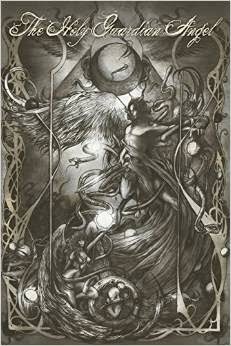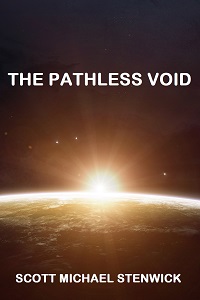Back in October, scientists working with the Kepler space telescope identified some sort of anomaly in orbit around a distant star. One possible explanation for the anomaly was that it was some sort of alien megastructure like a ringworld. At the time I noted that while the discovery was potentially exciting, it would most likely turn out to be some kind of phenomenon that did not involve aliens, pretty much like the discovery of pulsars.
A new round of observations seems to have born this out, showing that the "structure" is more likely to be a large collection of cometary fragments rather than any sort of alien-built structure. The study found no evidence of unusual amounts of infrared radiation emanating from the star, which if found would have indicated that the object or objects obscuring the star's light might be technological in origin.
I don't necessarily see where the alien hypothesis (note: not "theory") is "fanciful." Statistically speaking, alien lifeforms almost certainly exist. Just because proving the existence of an alien civilization must by necessity involve passing a very high bar, I expect that the events of the last few weeks is exactly how detecting such a civilization would go. First, an anomalous observation agreed upon by the scientific community. Then, more involved testing to rule out any other possible causes.
Just because this observation failed that second round of tests doesn't mean that no aliens are out there. I expect that they are, and that someday we are going to come across an observation that can't be explained any other way. Then, what to do with that information should become a very exciting question.
A new round of observations seems to have born this out, showing that the "structure" is more likely to be a large collection of cometary fragments rather than any sort of alien-built structure. The study found no evidence of unusual amounts of infrared radiation emanating from the star, which if found would have indicated that the object or objects obscuring the star's light might be technological in origin.
The study, led by Massimo Marengo of Iowa State University and to be published in the Astrophysical Journal Letters, examined the infrared light from the star. An unusually large amount of such light would indicate that a planetary impact or asteroid collision caused the large object seen blocking the star’s light – and, although not mentioned by the paper, infrared light would also be an indication of the proposed alien megastructure.
But Spitzer didn’t find any such infrared excess. According to the researchers, this favors the idea that a swarm of cold comets first blocked out the star’s light in 2011. In 2013, cometary fragments lagging behind the main group then blocked its light again. By 2015, though, this swarm had passed out of our line of sight.
Aside from the rather fanciful alien theory, the result is disappointing for scientists hoping to see evidence of astronomical dust around stars. "Spitzer has observed all of the hundreds of thousands of stars where Kepler hunted for planets, in the hope of finding infrared emission from circumstellar dust," said Michael Werner, the Spitzer project scientist at NASA's Jet Propulsion Laboratory in Pasadena, California, in a statement.
I don't necessarily see where the alien hypothesis (note: not "theory") is "fanciful." Statistically speaking, alien lifeforms almost certainly exist. Just because proving the existence of an alien civilization must by necessity involve passing a very high bar, I expect that the events of the last few weeks is exactly how detecting such a civilization would go. First, an anomalous observation agreed upon by the scientific community. Then, more involved testing to rule out any other possible causes.
Just because this observation failed that second round of tests doesn't mean that no aliens are out there. I expect that they are, and that someday we are going to come across an observation that can't be explained any other way. Then, what to do with that information should become a very exciting question.

























No comments:
Post a Comment